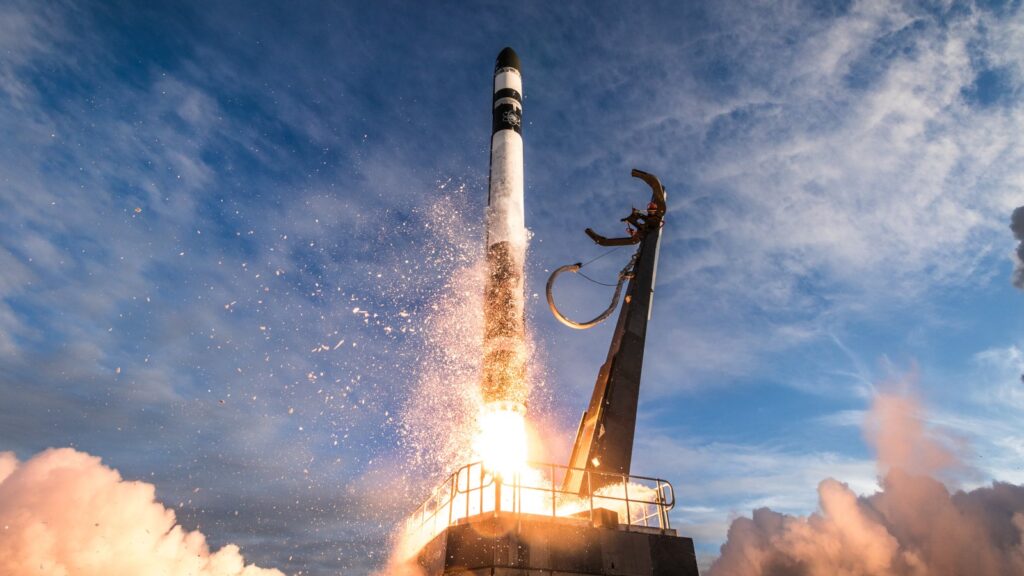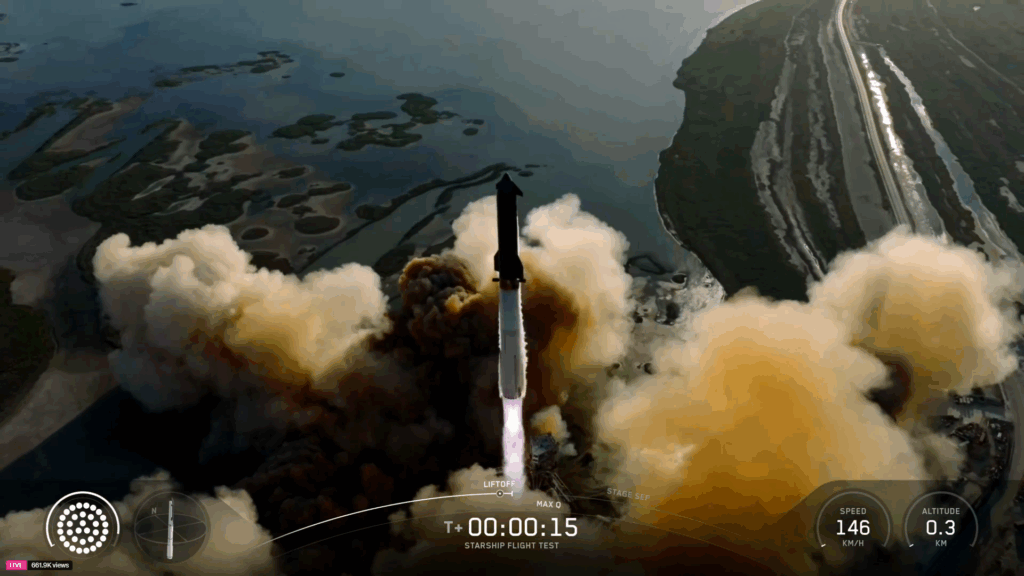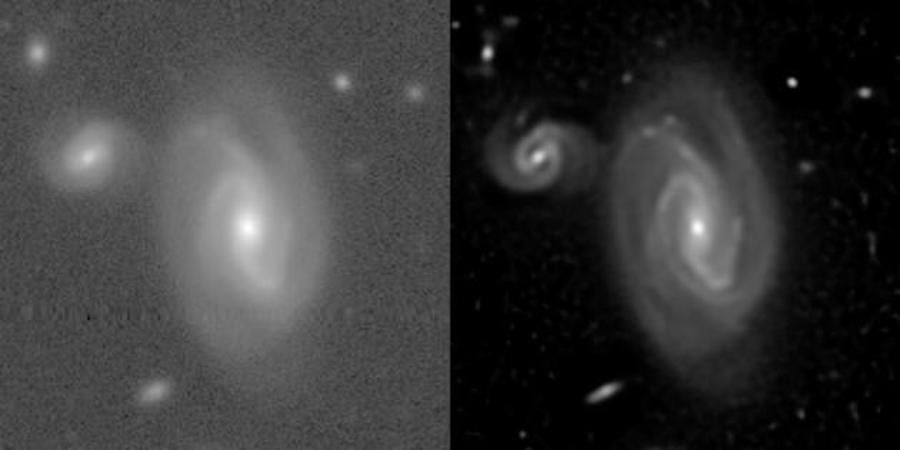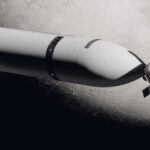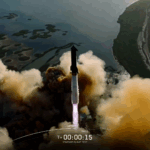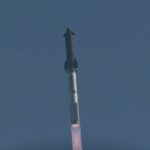Now Reading: The Taurid meteor shower 2025 has begun and could spawn dramatic fireballs in the coming weeks
-
01
The Taurid meteor shower 2025 has begun and could spawn dramatic fireballs in the coming weeks
The Taurid meteor shower 2025 has begun and could spawn dramatic fireballs in the coming weeks
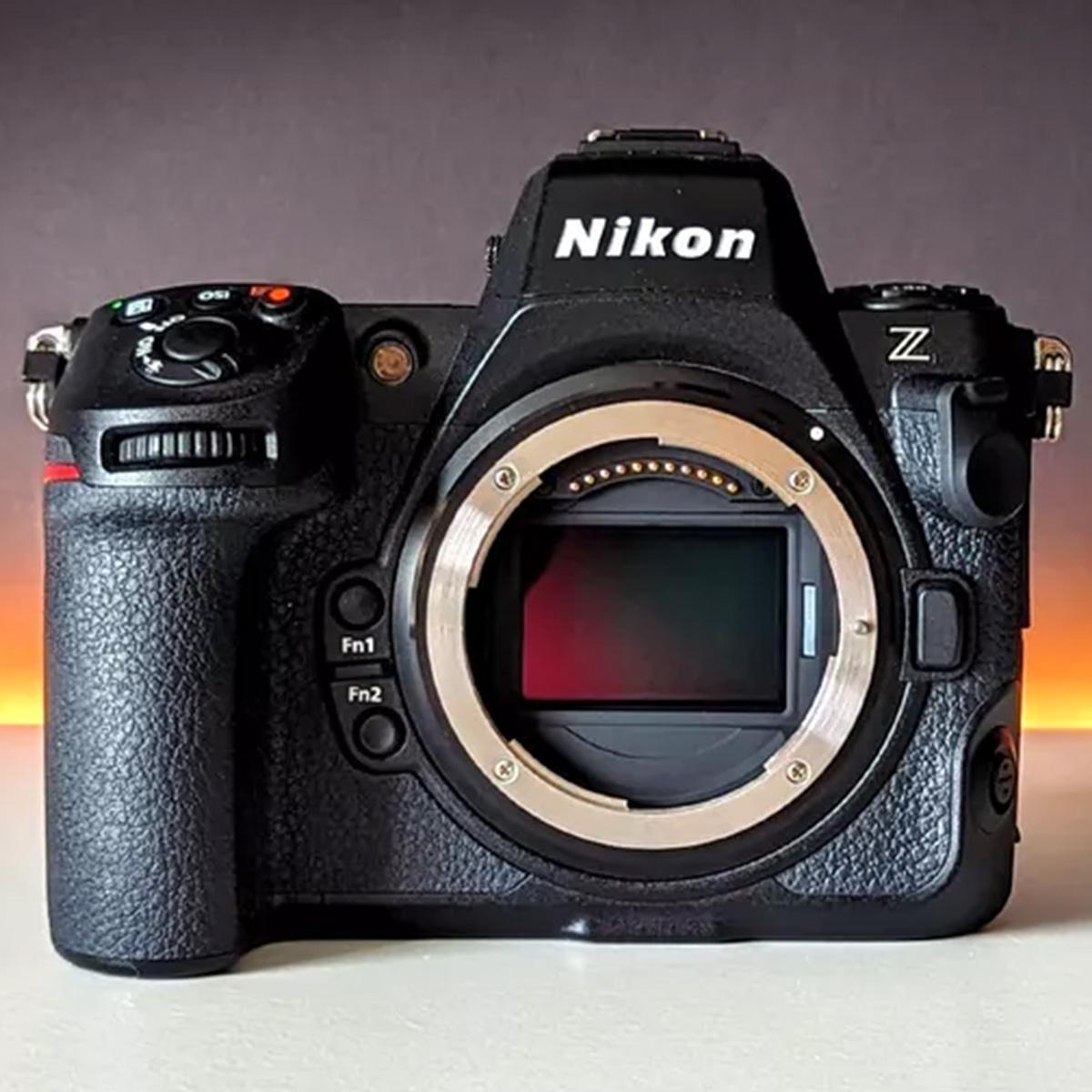
Two annual meteor streams are now active that have the potential to spawn dramatic fireballs in the weeks leading up to their November peaks.
As their names suggest, meteors from both the Southern Taurid and Northern Taurid meteor showers appear to emanate from a point of origin in the constellation Taurus, which can be found rising in the eastern sky in the hours preceding midnight throughout October. They also share a common parent in the form of the wandering comet 2P/Encke, which sheds debris in a vast loop as it traverses its 3.3-year orbit around the sun. When Earth travels through this debris, particles of dust and other matter heat up due to the friction of our planet’s atmosphere and create the fiery spectacles we see in the sky.
The Northern Taurids become active on Oct. 20 and are forecast to crescendo overnight on Nov. 11-12, while the Southern Taurids have been in play since Sept. 20 and are expected to peak during the night of Nov. 4-5.
Stargazers could see up to 5 meteors per hour during each period of peak activity under ideal dark sky conditions, though the light of a full moon will likely blot out dimmer meteors during the Southern Taurid peak. What makes the Taurid meteor streams truly exciting is their potential to occasionally birth magnificent fireballs capable of briefly turning night to day as they flare in the post-sunset sky.
Nikon Z8
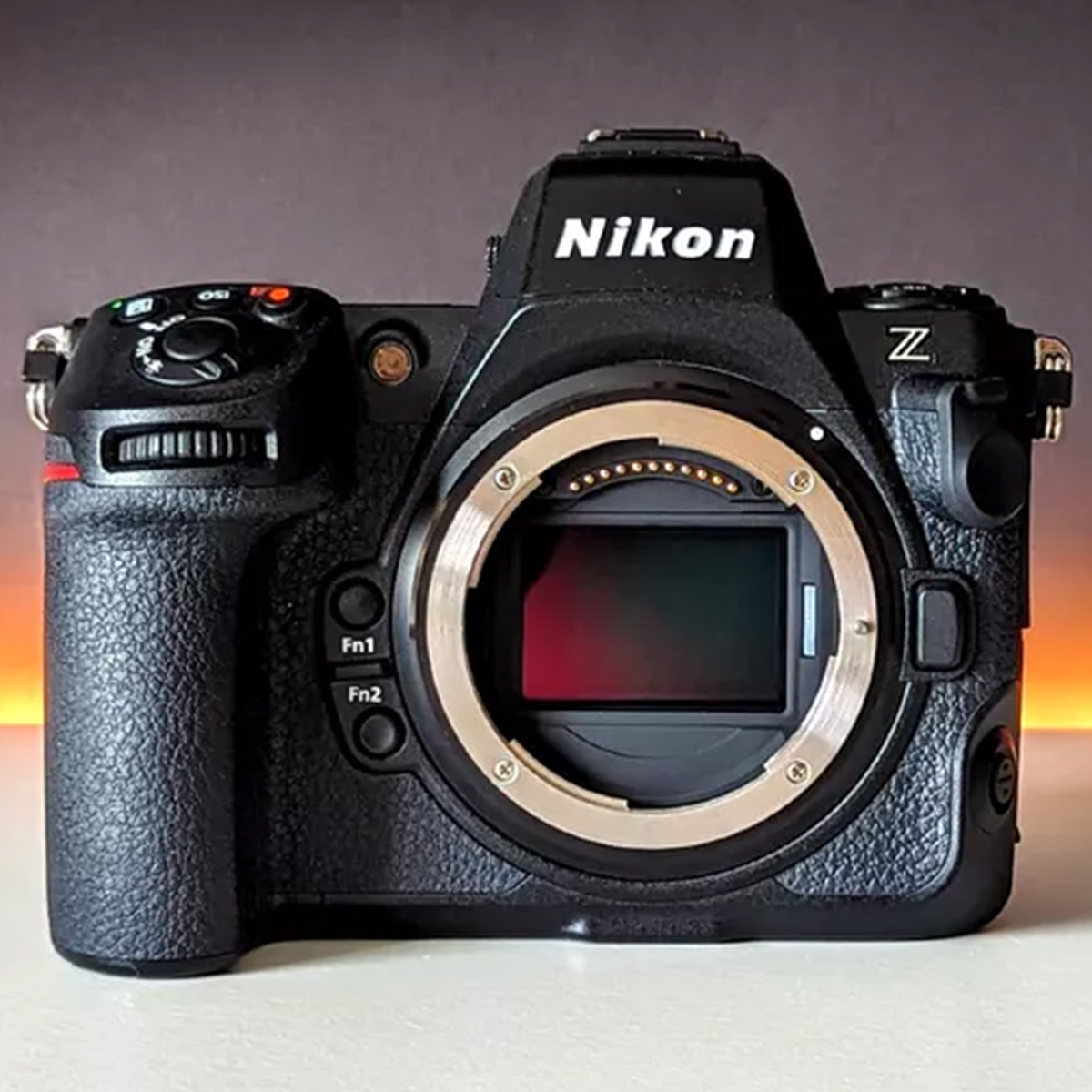
The Nikon Z8 excels in just about every department and we rate it as the best overall camera out there. Check out our Nikon Z8 review for a more in-depth look.
The southern and northern Taurids are born of the same highly dispersed debris cloud. The periods when both are active have been known to correspond with a significant uptick in fireball activity, according to the American Meteor Society.
A fireball is the name given to a particularly bright meteor that outshines even the planet Venus in the night sky. They often leave pronounced trails in their wake and are created when an object ranging from a few inches to several feet collides with our atmosphere.
Feeling the itch to photograph the night sky? Then check out our roundups of the best cameras and lenses for astrophotography, along with our guide to imaging fast moving meteors and fireballs.
Editor’s Note: If you snap an image of a fireball and want to share it with Space.com’s readers, then please send your photo(s), comments, and your name and location to spacephotos@space.com.
Stay Informed With the Latest & Most Important News
Previous Post
Next Post
-
 012024 in Review: Highlights from NASA in Silicon Valley
012024 in Review: Highlights from NASA in Silicon Valley -
 02Panasonic Leica Summilux DG 15mm f/1.7 ASPH review
02Panasonic Leica Summilux DG 15mm f/1.7 ASPH review -
 03How New NASA, India Earth Satellite NISAR Will See Earth
03How New NASA, India Earth Satellite NISAR Will See Earth -
 04And Thus Begins A New Year For Life On Earth
04And Thus Begins A New Year For Life On Earth -
 05Astronomy Activation Ambassadors: A New Era
05Astronomy Activation Ambassadors: A New Era -
06SpaceX launch surge helps set new global launch record in 2024
-
 07Space Force plans new ‘Futures Command’ amid pressure to speed up modernization
07Space Force plans new ‘Futures Command’ amid pressure to speed up modernization












